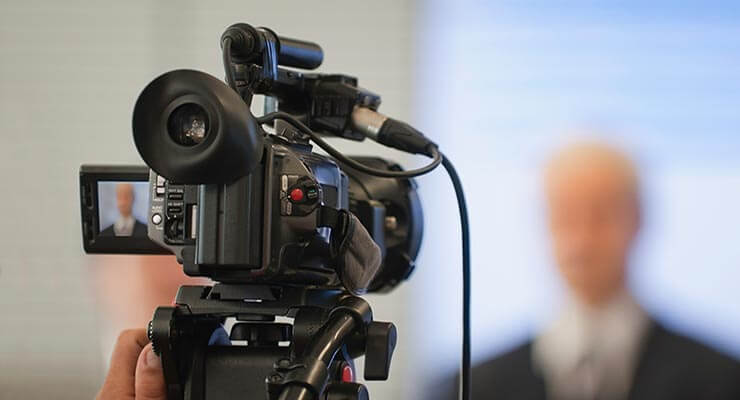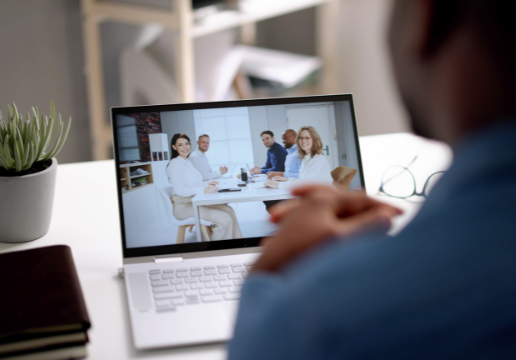Legal Videography: A Valuable Asset for Effective Trial Presentations
Legal Videography: A Valuable Asset for Effective Trial Presentations
Blog Article
Why Legal Videography Is Important for Accurate Court Recordings
The duty of legal videography in court settings can not be overstated, as it offers as an important device for preserving the stability of court documents. The implications of integrating legal videography right into standard court techniques raise essential inquiries about its broader effect on the lawful system.
Importance of Visual Evidence
In the world of lawful process, the significance of visual proof can not be overemphasized. Aesthetic evidence acts as a powerful tool in developing realities, corroborating statements, and improving the total quality of a case. This kind of evidence, that includes photos, videos, and representations, can give a tangible context that verbal descriptions frequently lack, thus using courts and courts a more clear understanding of the scenarios bordering an instance.
In addition, aesthetic proof help in the retention of info. Human cognition is naturally aesthetic, and people are most likely to bear in mind and comprehend info provided in a visual layout. In the court room, this can be crucial, as engaging aesthetic proof can persuade viewpoints and reinforce the narrative presented by lawful agents.
Furthermore, the usage of visual evidence can decrease misconceptions and obscurities that commonly develop from verbal exchanges. By providing a direct representation of events, visual evidence aids to get rid of subjective interpretations and fosters an extra unbiased assessment of the facts. Consequently, the assimilation of aesthetic evidence right into lawful procedures not only reinforces the stability of the judicial process yet also enhances the chance of accomplishing a just end result.
Capturing Non-Verbal Hints
Utilizing innovative videography techniques can dramatically improve the capture of non-verbal signs during legal process. Non-verbal communication, consisting of facial expressions, body movement, and eye contact, plays a critical role in sharing emotions and intents that may not be clearly stated in spoken testament. legal videography. Legal videography utilizes high-def video cameras and critical angles to guarantee that these refined hints are videotaped with clarity and precision
The capacity to analyze non-verbal habits can supply valuable context to statements made during court sessions. For example, a witness's unwillingness or self-confidence can be interpreted through their pose or motions, possibly influencing the jury's understanding of credibility. Furthermore, making use of close-up shots can help focus on a speaker's expressions, enabling for a much more nuanced understanding of the testament.
Moreover, incorporating numerous cam angles can develop a thorough sight of communications, highlighting characteristics between parties entailed. This complex strategy not just boosts the precision of the court record but also help in maintaining the integrity of the judicial process - legal videography. Ultimately, capturing non-verbal signs via lawful videography promotes a richer, much more complete depiction of court room procedures

Enhancing Testimony Integrity
The dependability of testament can be substantially reinforced via the use of top quality lawful videography. Video clip recordings serve as an unbiased tool that catches not just the talked words of witnesses but likewise the nuances of their delivery, consisting of tone, pacing, and emotional expressiveness. This complex paperwork gives a clearer understanding of the witness's reputation and site intents, which can be pivotal in legal process.
Additionally, lawful videography reduces the possibility for misinterpretations that might arise from composed records alone. When jurors can observe a witness's disposition and body movement combined with their statement, they are better outfitted to examine the credibility and reliability of the evidence provided. This aesthetic context can reinforce the testimonial narrative, making it more engaging and reliable.
In addition, the visibility of a video recording can discourage like it prospective incongruities in testimony. Witnesses might be more careful in their statements when they understand they are being videotaped, leading to more accurate and honest accounts. Generally, high-grade lawful videography boosts the integrity of testimony, guaranteeing that the court has access to a total and sincere depiction of the truths as communicated by the witnesses.
Sustaining Appeals and Reviews
Legal videography plays a critical click site duty in sustaining allures and testimonials by giving a thorough aesthetic document of court procedures. This visual paperwork captures not just the talked words of witnesses and lawyers however likewise the nuances of body language, intonation, and court room characteristics. Such aspects can be critical in understanding the context of testimonies and debates offered.
In the appellate procedure, where the focus is on mistakes of legislation and procedural fairness, a video clip document can serve as a vital tool for appellate courts. It enables courts to assess the initial trial context, making certain that decisions are based upon a total understanding of the process. The capacity to visually assess the demeanor of witnesses or the communications in between parties can disclose insights that written records may forget.

In addition, legal videography can assist in clarifying obscurities in statements or step-by-step rulings, therefore enhancing the basis for an allure. By offering a dependable, unbiased account of what taken place in court, legal videography not just supports the stability of the lawful process however additionally equips all celebrations involved to make educated choices regarding their situations.
Streamlining Court Procedures
Enhancing court room performance, legal videography improves processes by giving immediate access to visual documents of process. This modern technology allows judges, attorneys, and juries to take another look at important testimony and evidence, ensuring that all parties have a clear understanding of the instance. By capturing the nuances of verbal and non-verbal communication, videography enriches the document, making it easier to grasp the context and weight of testimonies.

Additionally, video clip recordings can assist in remote participation in hearings, permitting for higher flexibility in organizing and participation, which is specifically useful in complex situations involving numerous stakeholders.
Conclusion
In verdict, legal videography plays an essential function in making certain precise court recordings by giving necessary visual proof that records both verbal and non-verbal interaction. This practice improves the integrity of statements, sustains appellate reviews, and enhances courtroom processes. By cultivating an extensive understanding of court characteristics, legal videography eventually adds to much more fair judicial end results, reinforcing the stability of the lawful system and facilitating notified decision-making.
Report this page